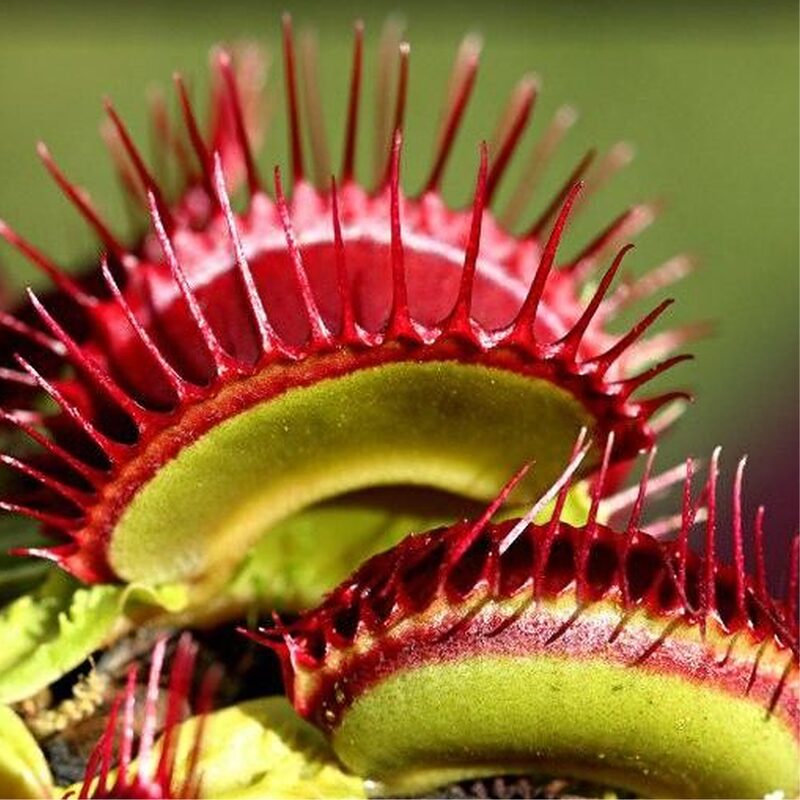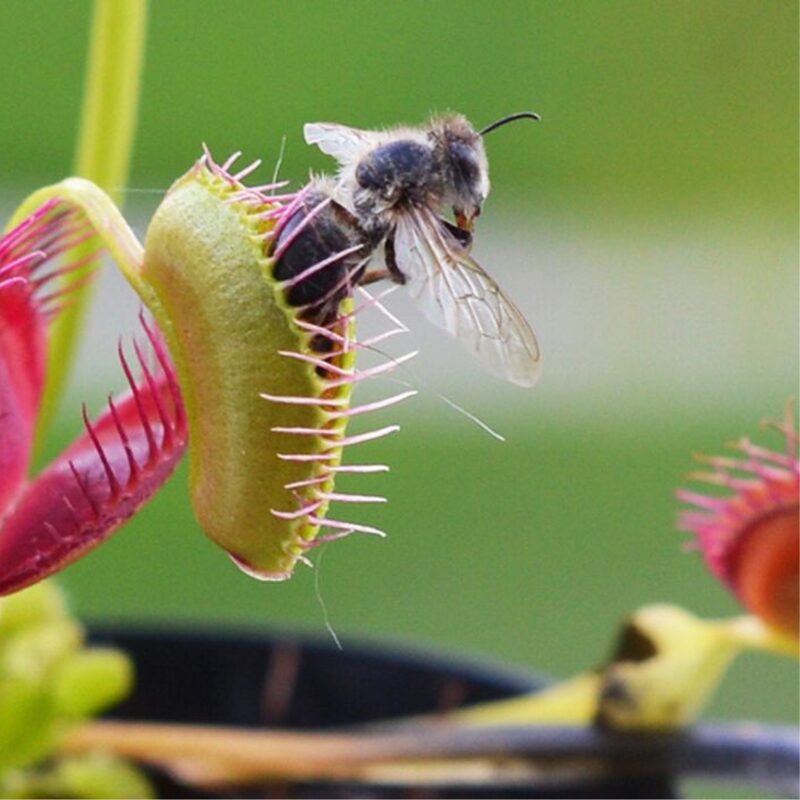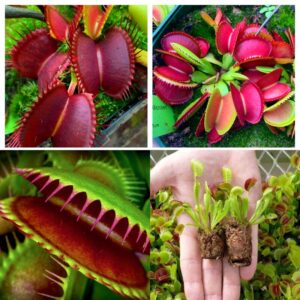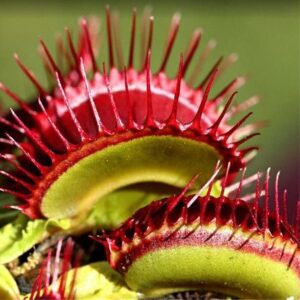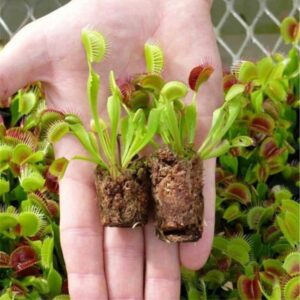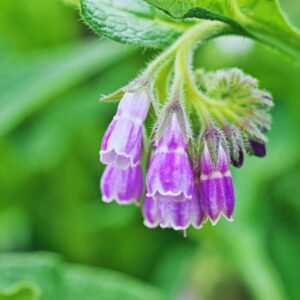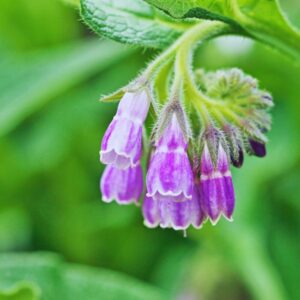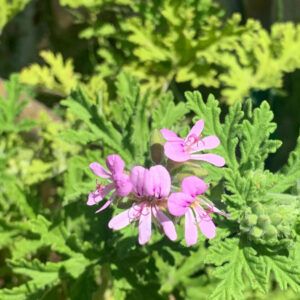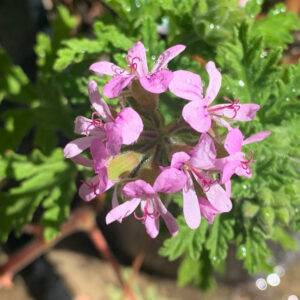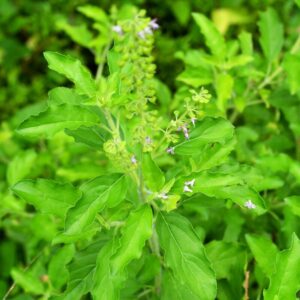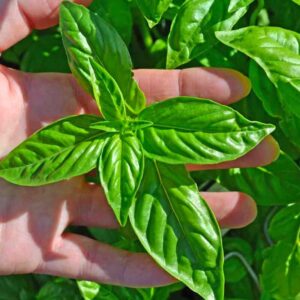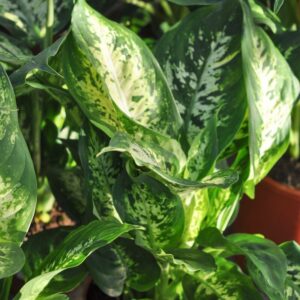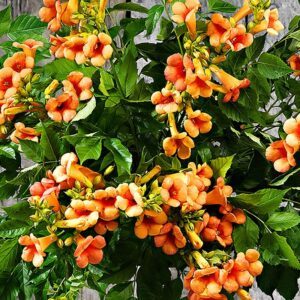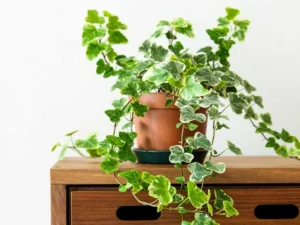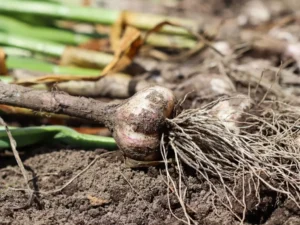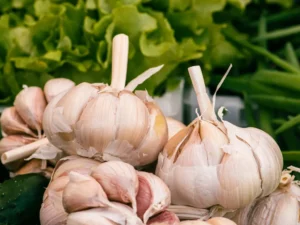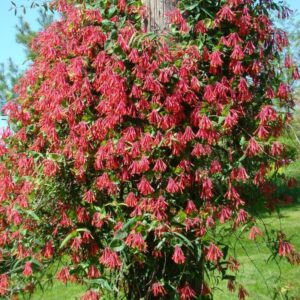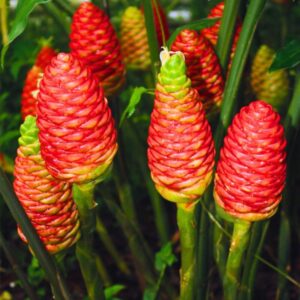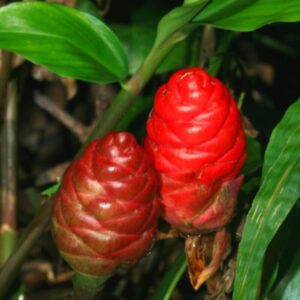Carnivorous Plants Collections: Fly Trap, Sundew, Nepenthes
Carnivorous Plants Collections: Fly Trap, Sundew, Nepenthes
Discover the fascinating world of carnivorous plants. Fly Trap, Sundew, and Nepenthes thrive on insects for nutrition.
From Original price was: $42.98.$23.99Current price is: $23.99.

With our Alive & Thrive Guarantee, we’ve got your back for the first 30 days! If you have any concerns about your plants, just reach out to us. Our team is here to help answer your questions and guide you in selecting the best plants for your garden, climate, and unique preferences. We're excited to help you create the garden of your dreams!
-
USDA Hardiness Zone
8-10 -
Soil type
Sphagnum moss and perlite mix -
Sunlight Exposure
Bright, indirect sunlight -
Expected Planting Period
Spring to early summer
Explore Carnivorous Plants
Carnivorous plants are truly a marvel of nature. Fly Trap, Sundew, and Nepenthes are designed to consume insects, thriving in nutrient-poor environments without soil. This unique adaptation makes them ideal for indoor and outdoor gardens.
Benefits of Carnivorous Plants
These plants are not just visually striking; they also help control pest populations naturally. Ideal for those seeking low-maintenance plants, they require minimal care while providing a captivating display.
Care Instructions
To ensure your carnivorous plants flourish, provide them with bright, indirect sunlight and keep their soil moist but not soggy. A blend of sphagnum moss and perlite works best for drainage and aeration.
Frequently Asked Questions
- How big do these plants grow? Fly Trap can grow up to 6 inches, while Sundew and Nepenthes vary in size.
- What is the best soil for carnivorous plants? Use a mix of sphagnum moss and perlite for optimal growth.
- How often should I water them? Keep the soil consistently moist, allowing it to dry slightly between waterings.
- Do they need special light? Yes, bright, indirect sunlight is essential for their health.
- Can I grow them indoors? Absolutely! They make excellent houseplants.
Conclusion
Adding carnivorous plants like Fly Trap, Sundew, and Nepenthes to your collection not only enhances your garden’s aesthetic but also creates a unique conversation piece.
| Variety | Drosera Spatulata Sundew – Set of 2, Green Venus Fly Trap – Set of 2, Nepenthes Plants – Set of 2, Red Venus Fly Trap – Set of 2 |
|---|



